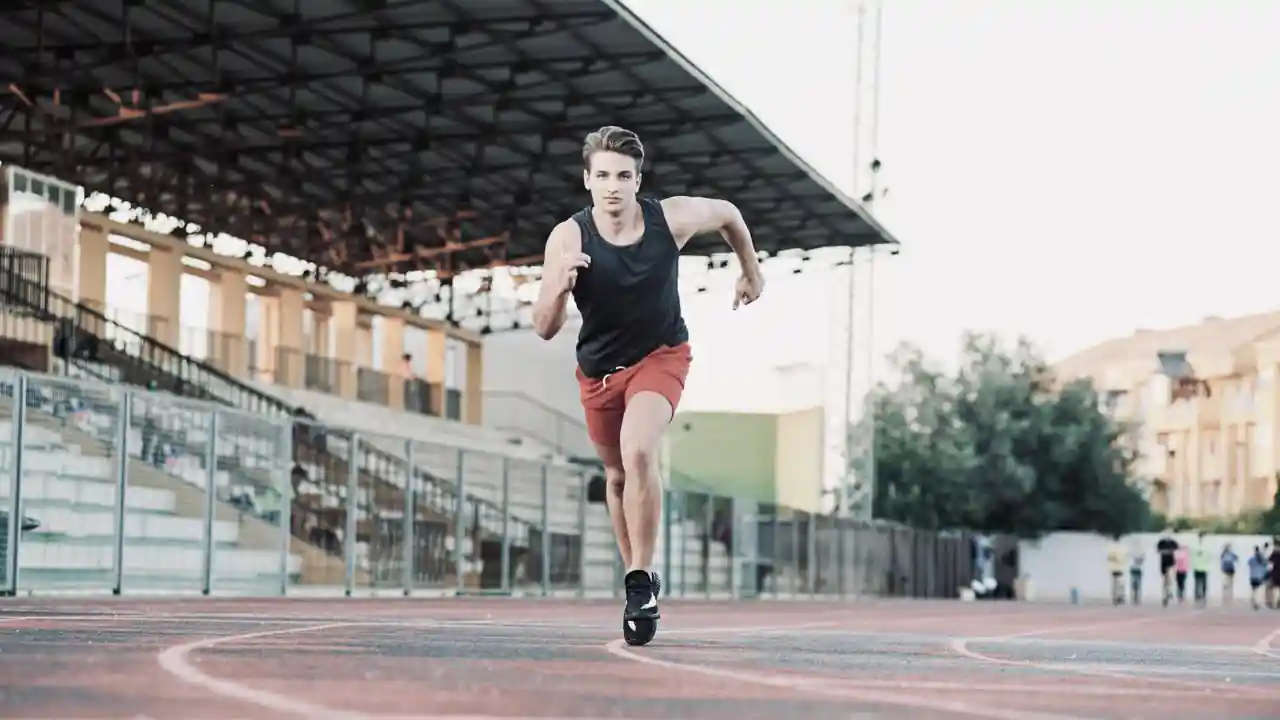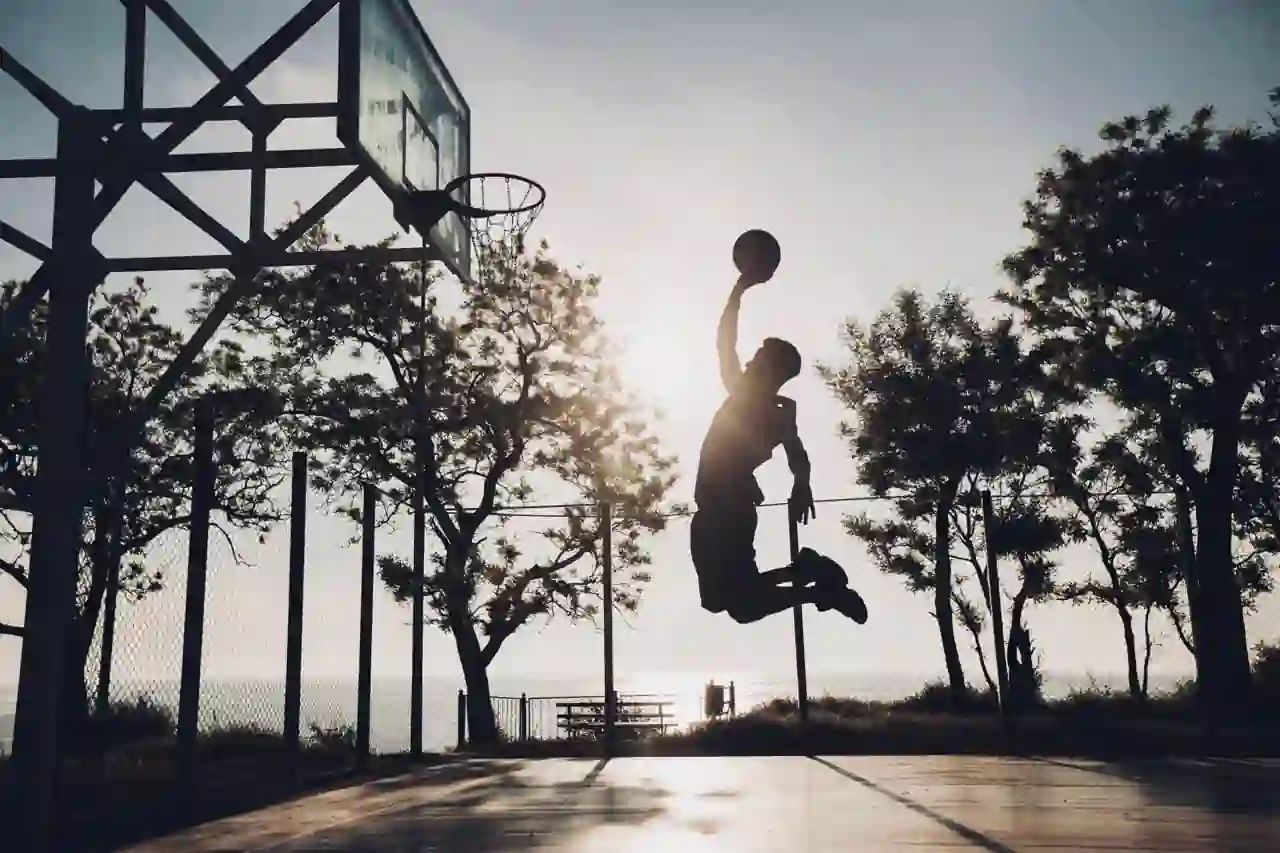Services of Sports Injuries

Schedule your appointment with us for expert care and support.
Book AppointmentPCL Reconstruction
Posterior Cruciate Ligament (PCL) reconstruction is a surgical procedure aimed at reconstructing a torn PCL in the knee. This ligament is vital for knee stability, especially during activities that involve bending or slowing down. Injury to the PCL often occurs during sports or accidents where there is direct impact to the front of the knee or hyperextension. PCL reconstruction surgery involves replacing the damaged ligament with a graft to restore knee stability and function. A non-functioning PCL has negative significant implications on joint health and can significantly promote joint degeneration.

Pre-Procedure Preparation
Before undergoing PCL reconstruction, patients undergo thorough preparation. This includes a comprehensive physical examination and review of medical history to assess suitability for surgery. Imaging tests such as MRI or X-rays are conducted to evaluate the extent of ligament damage and plan the surgical approach. Pre-operative instructions are provided, which may involve fasting before surgery, stopping certain medications, and arranging transportation to and from the hospital or surgical centre. It's recommended that patients wear loose, comfortable clothing on the day of surgery for ease during post-operative care.
The Procedure
PCL reconstruction surgery begins with administering anaesthesia to ensure patient comfort throughout the procedure. The surgeon makes small incisions around the knee to access the damaged PCL. Using arthroscopic techniques, the surgeon visualizes and assesses the knee joint. The torn PCL is removed, and a graft is used to reconstruct the ligament. This graft can be sourced from the patient's own tissue (autograft), a donor (allograft), or a synthetic graft. The graft is securely attached to the femur and tibia using screws or other fixation devices. After securing the graft, the incisions are closed with sutures or staples, and a knee brace or bandage may be applied.
Post-Procedure Care
After PCL reconstruction, the patient is monitored closely in a recovery room as anaesthesia wears off. Pain and swelling are managed with medications and ice packs. Detailed instructions are provided for wound care, medications, and restrictions on activities to promote healing and prevent complications. Crutches or a knee brace may be necessary initially to protect the reconstructed PCL. Expected side effects include pain, swelling, and temporary stiffness. Patients are informed about potential risks such as infection, blood clots, or graft failure. Regular follow-up appointments are scheduled to monitor progress and address any concerns.
Recovery Timeline
Recovering from PCL reconstruction typically spans several months. The initial phase involves reducing swelling and restoring basic knee movement, which usually takes about 2-4 weeks. Physical therapy is crucial for rebuilding strength and improving knee range of motion, with a tailored rehabilitation program based on individual needs. Full recovery, allowing for return to activities and sports, generally occurs within 9-12 months. Patients are advised to gradually increase activity levels and follow the rehabilitation plan closely until cleared by their surgeon. Adhering to rehabilitation guidelines and attending follow-up appointments are essential for successful recovery.
Conclusion
PCL reconstruction is an effective surgical procedure for restoring knee stability and function following PCL injury. Success depends on thorough pre-operative preparation, adherence to post-operative care instructions, and active participation in rehabilitation. Patients are encouraged to communicate openly with their healthcare team to address questions or concerns throughout the recovery process. By following the guidance provided, patients can achieve a successful recovery and return to their normal activities with confidence.
